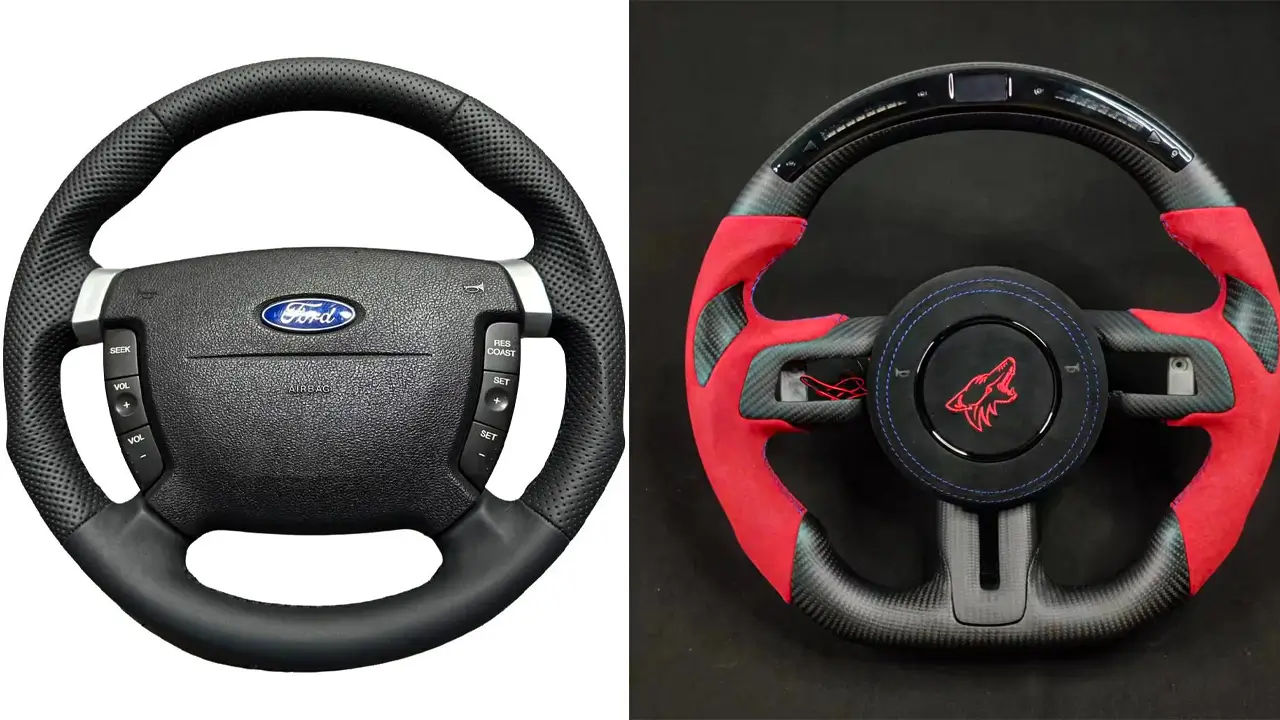Nowadays, the term “steering wheel” is so widely used that few drivers ever stop to think about where it came from or why it is named that. But knowing the background, construction, and purpose of this crucial part of vehicle control helps clarify why it’s referred to as a “steering wheel.” The term alludes to its technical makeup and resemblance to earlier steering systems. The history of the phrase, the evolution of steering systems, and the significance of the word “wheel” for this crucial part of vehicle control will all be in this article.
Early History of Steering
To understand how the name steering wheel came to be, one must look at how cars operated before the steering wheel became commonplace. In the early days of transportation, particularly with horse-drawn carriages, simple steering systems that employed reins to control the motion were in place. Increased precision in steering systems became necessary as motorized vehicles gained popularity in the late 19th and early 20th century.
The steering wheels we are accustomed to today were not present in early cars. The lever known as the tiller controls the orientation of the front wheels. Although the tiller method was simple, it was less easy to use and more difficult to maneuver as vehicles got bigger and quicker. Soon after, steering wheels took the role of tillers as the more practical and efficient way to steer a car.
The Transition from Tiller to Wheel
The term steering wheel first appeared in circular wheels as a steering mechanism. A Panhard et Levassor type is said to have had one of the earliest steering wheels installed in 1894 by French engineer Alfred Vacheron. The steering circular wheel form gave it a considerable control advantage over the tiller system, giving the driver more leverage when moving the wheels. It was crucial because as cars gained strength and speed, steering accuracy increased and became more demanding.
The steering wheel was soon widely used as the principal control for direction changes in vehicles, and by the turn of the 20th century, it was a common feature of car design. Because it defined the object’s form (a wheel) and function (steering), the word “steering wheel” organically developed. The round design of the steering wheel made it simple for drivers to apply equal force in every direction, unlike a tiller, which was a straight or curved lever.
The Wheel Shape and Its Practicality
The round design of the steering wheel maximizes efficiency and user-friendliness, which is a practical aim. Its style goes beyond decoration. The smooth and consistent movement from a wheel rotation is essential for vehicle steering. The constant leverage of the circular form allows the driver to maintain control at any angle. This uniformity ensures the car can be maneuvered easily and with minimal effort.
Quick modifications are also made possible by the circular form. The steering wheel is simple and turns to perform abrupt bends or change the direction. Due to its practicality, the circular wheel shape has become the standard for steering mechanisms in many vehicles, including trucks, cars, and airplanes.
